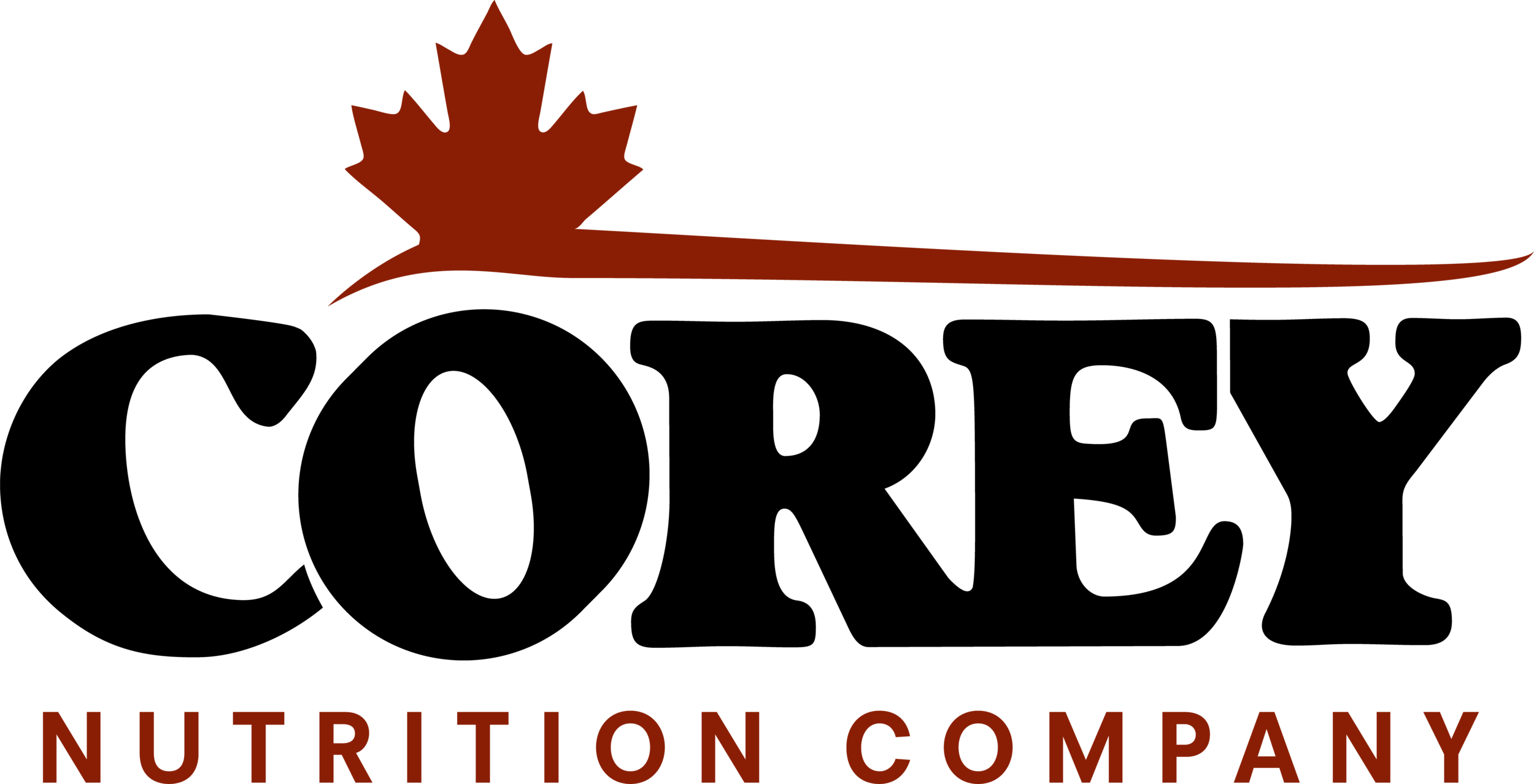MODULE 2
Nutritional Needs of Cats and Dogs: Minerals
Minerals are another piece of the health equation, alongside proteins, fats, carbohydrates, and vitamins. The body needs certain minerals in larger quantities and others in smaller quantities. Macrominerals are minerals that are important in larger quantities. Minerals such as calcium, phosphorus, magnesium, sodium, potassium, and chloride belong in this category. Small quantity minerals are called trace minerals, or micromineral. These include chromium, zinc, manganese, iron, copper, cobalt, iodine, and selenium. It is important to note that just because the requirement is less for these minerals, it does not mean they are less important than macrominerals. Trace microminerals are just as crucial as macrominerals, they just require a lower intake level.
COMMON SOURCES OF MACROMINERALS
Calcium and phosphorus: milk, cheese, fish, bone meal, beans, egg shell, meat, kelp
Magnesium: Wheat, molasses, fish, chicken, kelp, green vegetables, canola
Sodium: salt, pork, sardine, kelp
Potassium: fish, meat, soyabean, kelp, lentils, molasses, potato, sweet potato, liver, kale
TRACE MINERALS (MICROMINERALS)
Chromium: dairy products, seafood, beef, poultry, fresh fruits, and whole grains.
Zinc: whole grains, egg yolks, molasses, wheat germ, garlic, fish, turkey, lamb, pumpkin
Manganese: whole wheat, peas, spinach, oats, seaweed.
Iron: liver and kidneys, meat, egg yolks, wheat germ, whole grains, cheese, molasses, lentils, green vegetables, fish
Copper: mushrooms, oats, wheat germ, molasses, fish, soyabean, sweet potato, pumpkin, lentils.
Cobalt: liver, milk, spinach, beef kidneys, egg, and beans.
Iodine: salt, kelp, herring, cod, herring, and haddock.
Selenium: liver, milk, fish, eggs, mushrooms, and poultry
Minerals contribute to teeth and bone development, cellular energy production, and nutrient absorption and transportation. They are crucial for proper body functioning, in the nervous, immune, cardiovascular, digestion, reproductive and muscle systems. Just like vitamins, AAFCO standards must be followed regarding the minimum and maximum dosages. However, it sometimes still occurs that a cat or dog can still suffer from deficiencies or excesses due to diet deficiencies, or medical conditions.
CHELATED VS. NON-CHELATED
Chelated minerals are bound to an organic compound, oftentimes making the mineral more readily absorbed by the body. Non-chelated minerals are typically bound to other minerals, as opposed to organic compounds. The body of an animal can still absorb this type of mineral, but may require more effort to absorb, dependent on the combination of minerals used. Examples of chelated minerals are zinc methionine, manganese proteinate, copper lysine, iron proteinate.

